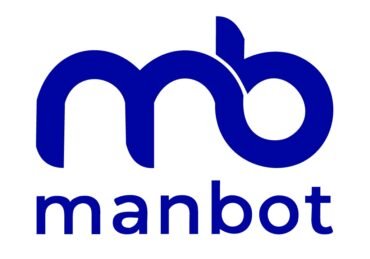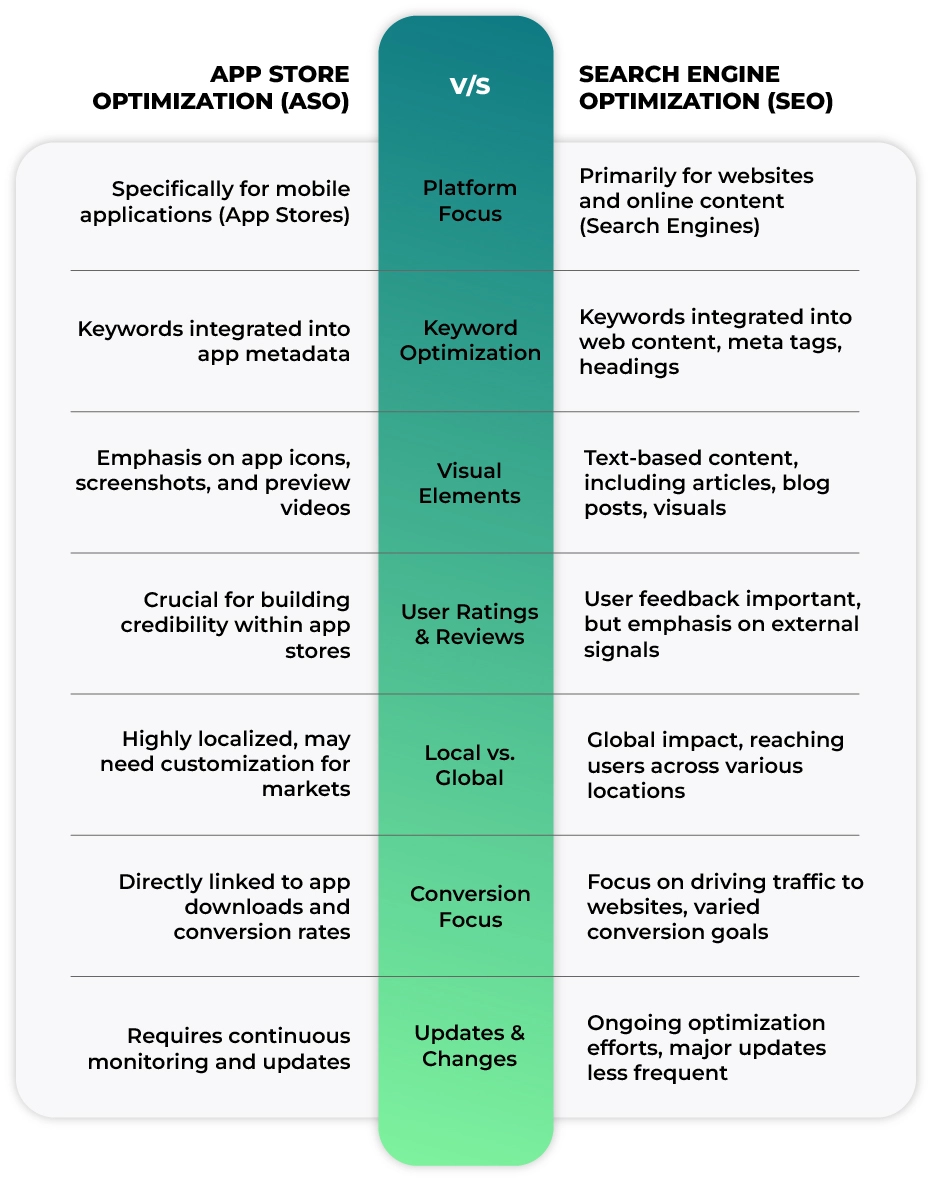
What is App Store Optimization?
Contact Manbot Global Today
Manbot is the leading digital marketing company in Dubai, UAE, specializing in cutting-edge solutions to elevate your online presence. Our team of experts is dedicated to crafting tailored strategies that harness the power of digital marketing. From optimizing your website for search engines to creating compelling content, we ensure a comprehensive approach to enhance visibility and drive meaningful engagement.
For inquiries and consultations, feel free to reach out to us:
Frequently Asked Questions (FAQs)
Why is ASO important for mobile apps?
ASO enhances app visibility, increases chances of discovery, and attracts a higher number of relevant users, leading to improved download rates.
How does ASO differ from SEO?
While SEO focuses on web search engines, ASO is tailored for app stores, emphasizing factors like keywords, visuals, and app ratings to enhance visibility.
What are the key elements of ASO?
Important elements include app title, keywords, app icon, screenshots, ratings, and reviews—all contributing to a compelling app store presence.
Which ASO tools are recommended for app marketers?
Popular ASO tools include App Radar, AppTweak, MobileAction, AppFollow, Asodesk, Sensor Tower, and Data.ai (formerly App Annie).
What role do user reviews play in ASO?
User reviews impact app rankings. Encourage positive reviews, respond to feedback, and address concerns to build a positive reputation.
Is ASO a one-time process, or is it ongoing?
ASO is an ongoing process. Regularly monitor and update keywords, visuals, and other elements to adapt to changing trends and algorithms.
Can ASO help in increasing app revenue?
Yes, by improving app visibility and attracting more downloads, ASO contributes to increased user acquisition, ultimately boosting potential revenue streams.
Are there specific strategies for localizing ASO?
Yes, consider local language preferences, cultural nuances, and regional trends when localizing keywords, descriptions, and visuals for different markets.








Leave a comment: